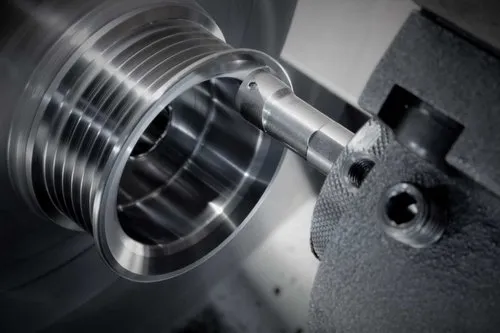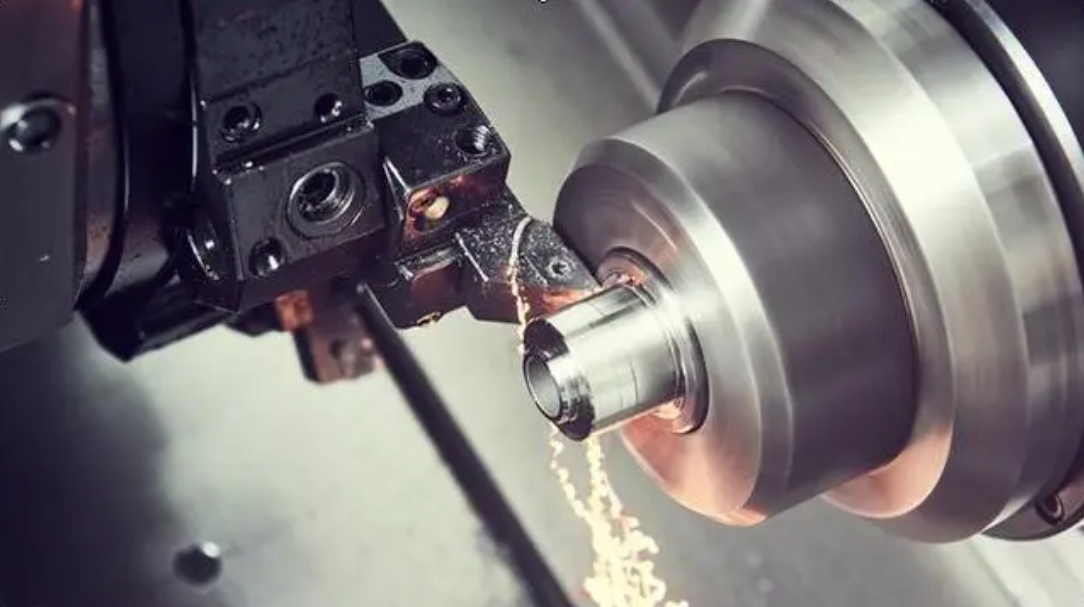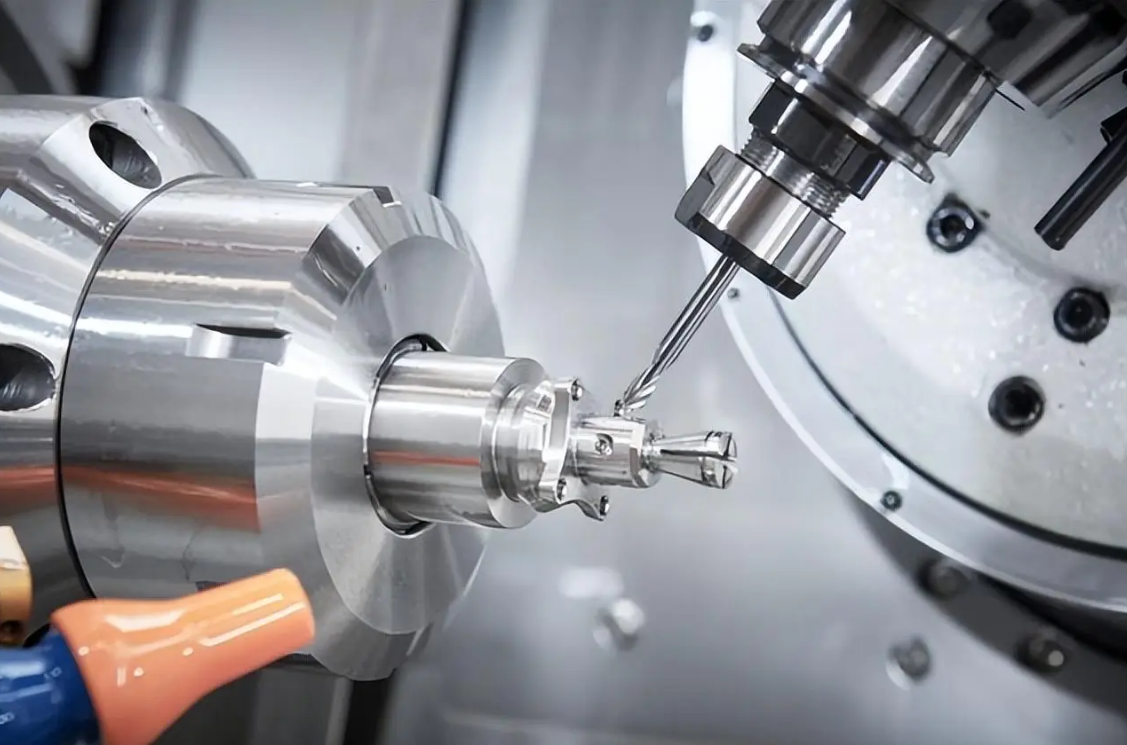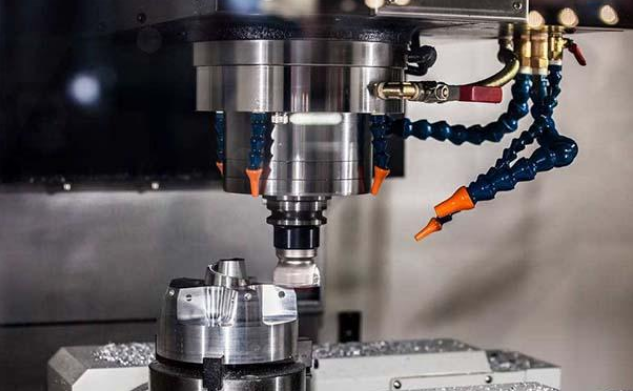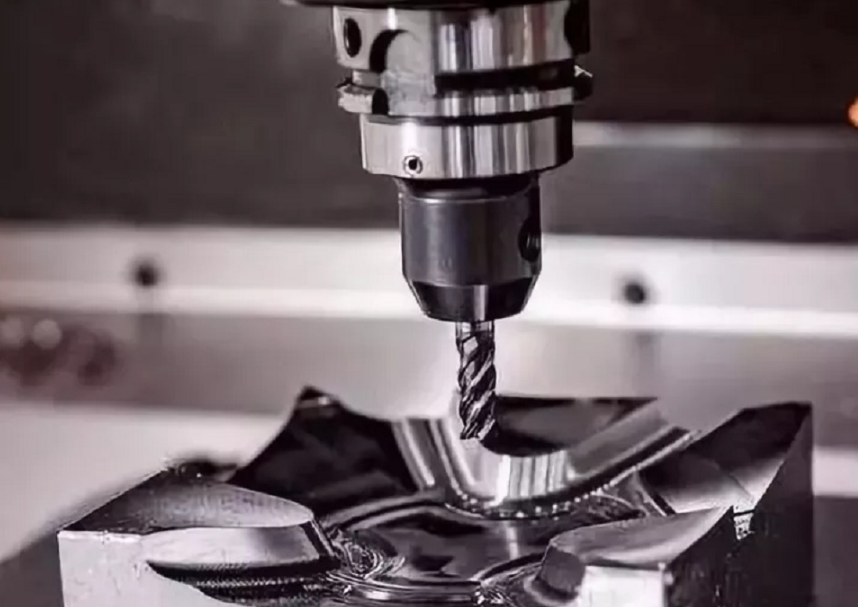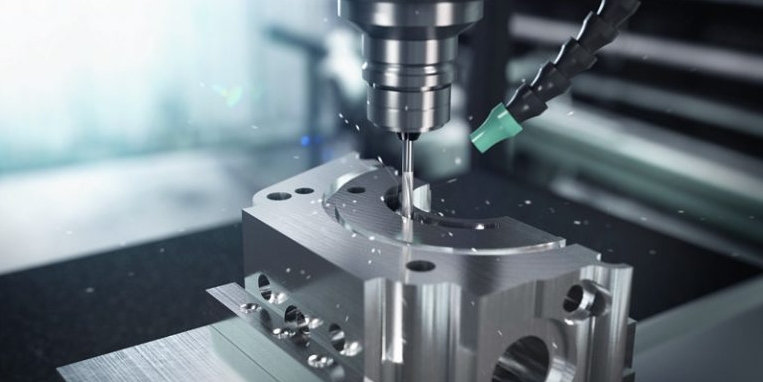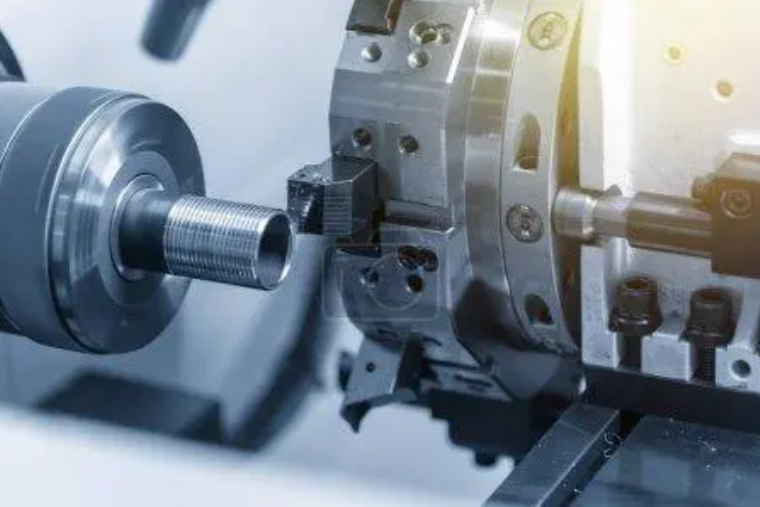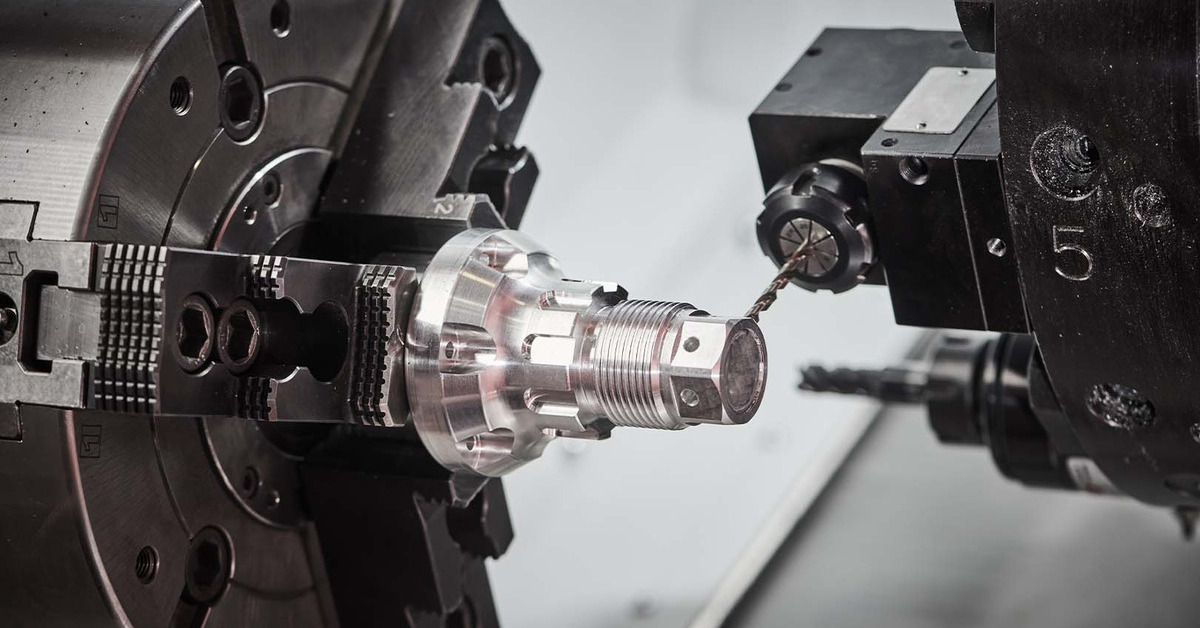Aluminium CNC machining offers high precision, excellent thermal conductivity, cost-effectiveness, and superior corrosion resistance, making it ideal for various industries.
Lightweight and Strong
Aluminium is one of the most used materials in the manufacturing sector due to its exceptional strength-to-weight ratio. In applications requiring both strength and lightness, such as building aircraft, raising lightness implies a shorter installation resulting in fuel and payload. For building cars, lighter vehicles are easier to handle and accelerate, as well as more fuel efficient . Materials engineers typically choose aluminium alloys 6061 or 7075 due to their excellent mechanical properties. In addition, aluminium 6061, which is now mostly used in aircraft and commercial applications, usually has tensile strength ranging from 20,000 to 42,000 psi and is best suited for structural components. However, while 7075 aluminium has a comparable strength to many steels, it is one of the highest strength aluminium alloys with tensile strengths approaching 78,000 psi.
High Precision and Accuracy
CNC machining enables precise manufacturing of the parts of the complex geometry of aluminium and the exact degree. Manufacturers of medical technology and semiconductor production furniture benefit from high tolerance in both part manufacture and processes. The ability to produce parts with a peak tolerance of 0.0005 inches is particularly useful for surgical appliances and microprocessors. The precision of CNC machining also helps produce high quality parts consistently and repetitively. For example, in order to ensure that the parts meet precise requirements without sacrificing aesthetics while retaining the structural rigidity of the frame, the machining procedure includes several stages for the manufacturing of complex aluminium frames for high-end smartphones.
Thermal Conductivity
One of the most important advantages of choosing aluminium for a specific application is its exceptional ability to conduct heat. Indeed, aluminium is made for applications such as electronic cooling systems and automotive radiators. Thanks to its timely capacity to provide thermal dissipation, this metal can draw heat away from the source and ensure that the device is working at full capacity without overheating. For LED technology, for example, adequate heat sinks made of this metal are the only tool that can keep the temperature of LED chips low. In this way, the leds can work more efficiently and last longer without burning out, reducing consumption and saving money. The ability to absorb and transfer heat is measured by aluminium alloys, with 1100 being chosen for applications requiring very high thermal conductivity of up to 250 W/mK. This alloy ensures efficient heat transfer in vital electronic applications.
Corrosion Resistance
Another significant gain that should not be overlooked is aluminium’s natural resistance to corrosion. For granted, this ability stems from its ability to form a thin oxide layer in ambient air that is also helpful for other outdoor applications that place great demands on the durability of the metal. One such example is the construction of marine vessels, where aluminium is ideal for constant exposure to seawater. Another important consideration is the longevity of the building structures, which need not be regularly maintained and kept in tiptop shape. To ensure that no corrosion occurs, additional treatments can be applied, such as anodizing the aluminium base, which will also result in the oxide layer being even thicker. It is also worth noting that the thickness of the protective layer is capable of giving it color and surface hardness.
Sustainable Material
The sustainable nature of aluminium is premised on its recyclability, where it maintains its properties infinitely. Recycled aluminium claims only 5 percent of the energy applied to manufacture primary aluminium, enabling environmentally sustainable practices to become a norm in industries. Saving generating amounts of energy is paramount to firms as they strive to minimize their environmental impact and appeal to environmentally conscientious consumers. In addition to the recycling aspect of aluminium use, is produced using processes which are increasingly powered by renewable energy which lessens the role of its production in environmental degradation. By adopting this material into your manufacturing, you are leveraging its intrinsic properties which contribute to the excellence of the product and sustainability.
High Precision and Accuracy
Aluminium CNC machining offers unparalleled precision in modern manufacturing and precision machined parts. Indiscriminate industries, such as aerospace, medical, and automotive, consider the level of precision when the part is CNC machined. The use of the metal responds to the tight tolerances that secure precise machining, generally down to 0.0005 inches. In high-precision apparatus such as aerospace engines and medical devices, the usage of this minimum greater response can securely place the parts where they belong. Below, a step-by-step process of how machined aluminium reaches such a high level of precision. goes.
The first step is designing the part; first, the part is made in a CAD in complex precision machining software, and then this is translated into CNC programming. The second step is the preparation of the material; before the of the part, an informed decision must be made on the choice of the material. The aluminium block is then set up in the CNC machine, and this will determine the external dimensions of the part, or subpart, free of defects. The process relies on CAD design to determine where each cut, and eventually the part, will be laid, free of defects, with a reasonable margin.
The third step is the start of the CNC machining process. The CNC machines take over, using high-speed drills, lathes, and mills to carve the part from the aluminium block. There will be a finishing machining process that will include polishing or grinding a millimeter of aluminium or a few hundred millimeters when drilling thousands of holes. The will then enter the final step, inspection. The final will examine each part for dimensions and tolerances, using either manual inspection tools or CMMs that scan the parts and either directly check for parameters or verify the programmed parameters . It is the exactness with which the parts can be machined without fear of deformation that makes high-precision aluminium CNC machining worthwhile. Not only is there greater confidence in workmanship’s reliability when dimensions remain constant, but the process is, thus, more eco-friendly, and less material goes to waste.
Industries such as aerospace, defence, and automobiles demand material that can meet high standards. The assiduous care with which the production process occurs streamlines work, including accurate CAD programming and the ability to meet tight tolerances. It is this level of trust in design that makes technological advance possible. Similarly, the assurance of accuracy in equipment production helps push the machines to precision reliability. This process of execution is only possible because of high-precision machining like aluminium CNC machining.

Excellent Thermal Conductivity
Aluminium is among the most common metals, which is widely used in industries that require efficient heat management. A reason for using the material is its perfect thermal conductivity, which is significantly higher than in many other metals used in engineering. For most applications, its thermal conductivity ranges from 230 to 240 watts per meter Kelvin . As a result, the metal can be applied to quickly and easily dissipate the heat generated in the devices, products, and constructions. This paper aims to describe the steps involved in utilizing the material’s thermal properties.
One of the first steps to utilize aluminium’s thermal properties properly is to choose an appropriate alloy with respect to the required heat transfer coefficient. As explained by Purcella et al., aluminium alloy 1050 is one of the best for conduction applications . They can include heat exchangers and cooling applications. Alloys 1100, 1145 and 1235 are two other options, but the former is not notable from the heat transfer perspective. Each option provides slightly different thermal conductivity, which should be taken into account to adjust the design properly.
After that, it is important to design the component properly to apply as much surface as possible. Fins can be one of the options for that, making it possible to completely remove the heat in certain applications. The optimal thickness of an aluminium element and the type of pins should be calculated to make the component as efficient as possible . After that, the manufacturing of the element can be performed. In the case of this paper, the authors rely on the CNC machining to get a piece with the necessary dimensions . The resulting element can be installed into any element designed for LEDs or personal computers. It will serve as a part of a cooling system and ensure that the device will never overheat regardless of the type of use. The thermal testing will be performed after that, simulating as many conditions as possible under which the component will be used. Any of the available aluminum alloys should be used to get the same results.
Corrosion Resistance
One of the main characteristics of aluminium is the high resistance to corrosive factors, which makes it a perfect option in conditions that can destroy other metals. Therefore, coating is unnecessary . The protective property appears due to the fact that the exposed surface of the metal becomes covered with air. This oxide layer is not visible even though it is possible to feel a thin film . It serves as an obstacle to further damage.
The understanding of the formed protection should be based on the fact that the layer covering the body of the aluminium is the same. An added factor that should be considered is that aluminium oxide does not corrode further . The quality of the wrapping is not equal, and it can be varied. Additionally, it is possible to boost the resistive properties and thickness of the layer if it is necessary through anodizing. For example, it makes the surface more durable and is mostly used if a decorative final solution is demanded . Therefore, a process of oxidation and corrosion is initiated, with a need no coating; that is a natural protection of aluminium that cannot be seen but is able to increase the quality of the selected material.
Alloy Selection: It is important to remember that there is a number of lowly resistant alloys that have been modified to become a better option for being used in harsh conditions. Some of such alloys include the ones that are used for outdoor and marine signage. This feature is mostly determined by the high salt and humidity level to which 3003, 5052 in comparison to the older varieties are highly resistant. Such differences underline the necessity to decrease any contamination of the aluminium by other metal that leads to galvanic corrosion .
Manufacturing Considerations: Specific approaches are also required not only during the selection process but also while manufacturing aluminium pieces . One of the best solutions is the need to manufacture an upright and leak proof tool. Furthermore, the proper selection and use of suitable fastens all aimed for not damaging the support while being used . The effectiveness of the solution is due to the regular cleaning of the pieces of the aluminium substance from being covered with dirt, and its ability not to allow contaminate the other material is used in junction with.
Routine Maintenance and Inspection: Undoubtedly, the high resistive properties to deformation is applied in conditions of exposure to the harshest. The list of recommendations implies that the regular inspection of the sign is needed, even despite the mentioned above. The fact is that the high corrosive ability of paint or flock can be effectively used when customizing neon requirements, mechanical cleaning energetic lamp or LED material differences. For these reasons, dimming, or omission is required . Thus, the oxidation of the material provides its indefinitive effective application even when the natural warming. The selected and high corrosive agents hints to the need of resists its application conditions. It means that the demand for the more durable construction of sign. The selection of such a sign should be made from aluminium, no street signs with wood or iron are commonly to be underserved. The long period and the wide range of applications make that the most effective solution of a targeted problem.

